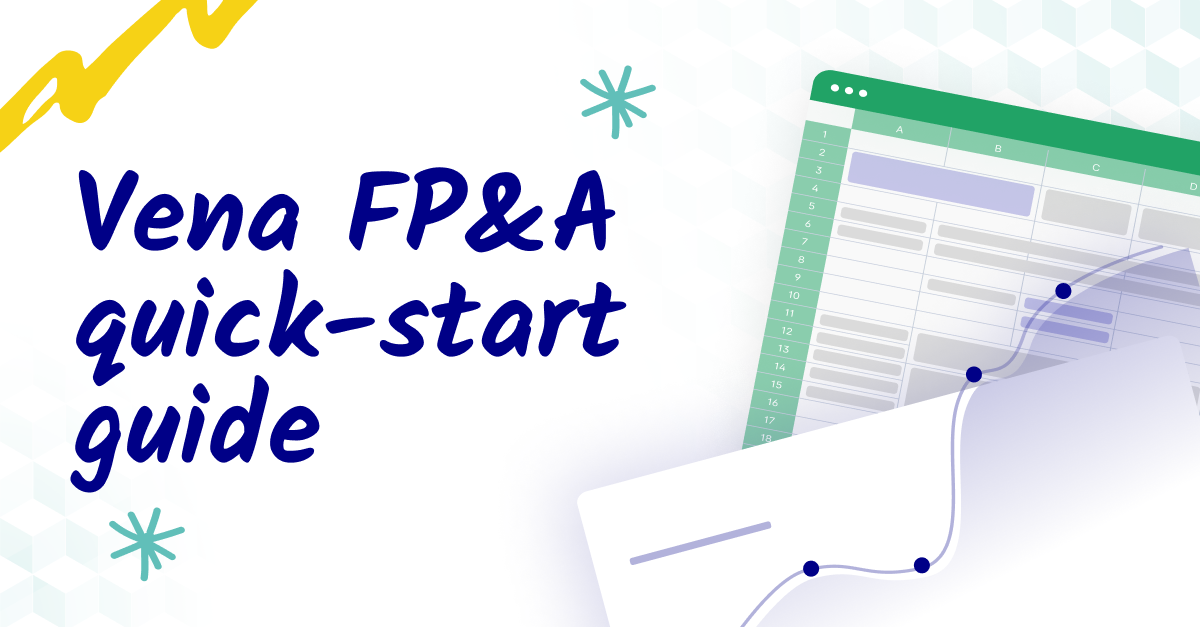Understanding SaaS financial metrics
Let's start by discussing the bread and butter of finance functions everywhere: the metrics.
In SaaS, financial metrics do more than just measure success—they guide strategic decisions that shape the future of your business.
Starting with a solid understanding of SaaS key performance indicators (KPIs) is essential because these figures help you grasp your company's health and trajectory. They reflect your current financial status, forecast potential growth, and highlight areas for improvement.
Here are some essentials:
- Monthly Recurring Revenue (MRR) and Annual Recurring Revenue (ARR) help you measure the predictable income generated from your subscribers, essential for assessing the stability and growth over time.
- Lifetime Value (LTV) estimates the total revenue you can expect from a typical customer over the duration of their relationship with your company. Knowing this helps you determine how much to invest in acquiring each customer.
- Customer Acquisition Cost (CAC) is the total cost of acquiring a new customer, including all marketing and sales expenses. It's vital to balance this with your LTV to ensure sustainable growth.
- Churn Rate measures how many customers you lose over a specific period. Keeping this number low is crucial, as losing fewer customers directly enhances your revenue stability.
Tracking and analyzing these metrics allows you to fine-tune your business strategies and make informed decisions. Regularly reviewing these KPIs can help you identify trends, anticipate changes, and adjust your operations to better meet your financial goals.

Budgeting and forecasting in a SaaS environment
Building on our understanding of key SaaS metrics, the next critical step is effectively managing budgeting and forecasting.
Given the recurring revenue model inherent to SaaS businesses, it’s important to develop budgets that are not only accurate but also adaptable to the dynamic nature of subscription-based earnings.
How to create flexible budgets
Due to the variability in monthly and annual revenues, flexibility in SaaS budgeting is crucial.
A useful approach? Incorporate a range of revenue scenarios based on different customer acquisition and retention rates. This allows you to prepare for multiple financial outcomes so your business can quickly adapt to changes without compromising on strategic goals.
For example, let's say your SaaS company is planning the budget for the upcoming year. You might create several forecast models to account for different scenarios:
- Optimistic scenario: Assume a 20% increase in customer acquisition due to a successful marketing campaign and a retention rate improvement of 5% following a recent product enhancement. This scenario helps you plan for potential increases in staffing, development, and customer support needs.
- Realistic scenario: Based on your current trends, you project a steady 10% growth in customer acquisition and maintain your current retention rate. This scenario will likely reflect your baseline budgeting needs, balancing cautious expansion with the need to invest in customer retention strategies.
- Pessimistic scenario: Prepare for a possible 5% decrease in customer acquisition due to increased market competition and a 3% drop in retention rates as customers look for more competitive pricing or features. This scenario would necessitate planning for cost-saving measures, potentially reallocating resources to focus on enhancing customer satisfaction and retention.
How to enhance forecast accuracy
Improving forecast accuracy is essential for long-term planning and operational efficiency. Techniques such as scenario planning and rolling forecasts are particularly effective.
- Scenario planning: Involves creating detailed financial models based on various potential business conditions.
- Rolling forecasts: Update previous forecasts with actual financial performance regularly—say, quarterly. This continuous adjustment provides a more immediate and realistic picture of your financial trajectory.
Integrating FP&A software into your financial planning processes can also dramatically improve the accuracy and efficiency of your forecasts. These tools use advanced analytics to process large volumes of historical and real-time data, revealing trends and patterns that might go unnoticed with manual analysis.
Key benefits include:
- Enhanced accuracy: Automates data processing to improve the precision of forecasts and budgets.
- Efficiency gains: Reduces time spent on manual data entry and analysis, freeing up time for strategic tasks.
- Deeper insights: Unveils hidden trends and patterns in customer behavior and revenue streams.
- Greater scalability: Supports growing data needs without additional complexity, making it easier to scale operations.
- Improved decision-making: Provides data-driven insights that help make informed, strategic business decisions.
By automating data aggregation and analysis, FP&A software streamlines the forecasting process. This automation not only enhances your ability to perform complex scenario analysis but also allows your finance team to focus more on strategic decisions and less on managing data.

Cash flow management in subscription-based models
In SaaS companies, cash flow is primarily driven by monthly or annual subscription payments, which can create fluctuations depending on billing cycles and customer acquisition and retention rates. This makes it difficult to manage operational expenses that are often fixed or incrementally increasing, such as payroll and server costs.
Strategies to optimize cash flow
To mitigate these challenges, effective management of receivables and payables is crucial.
For receivables, consider implementing structured payment terms and incentives for early payments to ensure a steady inflow of cash. On the payables side, negotiate longer payment terms with suppliers to maintain more cash on hand.
Automated billing systems and proactive receivables management can also help minimize delays in cash inflows.
Maintaining a cash reserve: why is it important?
Maintaining a cash reserve helps keep your business financially healthy, given the variability of subscription payments. Plus, it provides funding for growth opportunities without the need for external financing. This reserve can be crucial for investing in new technology, funding marketing campaigns to acquire new customers, or even sustaining operations through unexpected downturns.
While there isn't a one-size-fits-all benchmark, a common recommendation is to keep enough cash on hand to cover at least 3 to 6 months of operating expenses. This benchmark provides a buffer to manage the business through unexpected challenges without immediate financial stress.
For SaaS companies in particular, considering the cash conversion cycle and the rate at which the business is scaling, adjusting this reserve might be necessary. If the business is experiencing rapid growth or planning significant investments in product development or market expansion, a larger reserve could be warranted to accommodate these plans without compromising operational integrity. Additionally, companies facing high volatility in subscriptions might opt for a more conservative approach by extending this benchmark to cover more months.

Best practices for enhancing FP&A in SaaS businesses
- Use insights for better decision-making. Make better business decisions with your financial data. Consider how adjustments in pricing, new market entries, and resource allocation based on data have led to success in other companies.
- Keep operational costs in check. Regularly check your financial reports to find areas where you can reduce costs without compromising quality or customer satisfaction. Develop strategies that allow your business to expand without a substantial increase in expenses.
- Stay ahead of risks and comply with regulations. Actively manage potential risks and ensure compliance with industry regulations to avoid legal or financial issues. Incorporating these practices into your regular financial planning can safeguard your business.
- Improve financial communication. Communicate financial results and forecasts clearly to all stakeholders. Consistent and straightforward communication builds trust and ensures everyone is informed about the company’s financial health and plans.
- Encourage ongoing learning. Support continuous learning and improvement within your FP&A team. Keep them updated with the latest industry trends and technologies, and build an environment that values training and feedback to enhance skills and strategies.
Conclusion: streamlining SaaS
Mastering FP&A in the SaaS industry is crucial for steering your company toward sustainable growth and operational excellence. Implementing these practices will equip your team to adapt to any circumstances and help your company thrive in the competitive market.
Want to learn how Cube can help you on this journey? Request a free demo today!



.png)









.png)
.png)
.png)





.png)
.png)